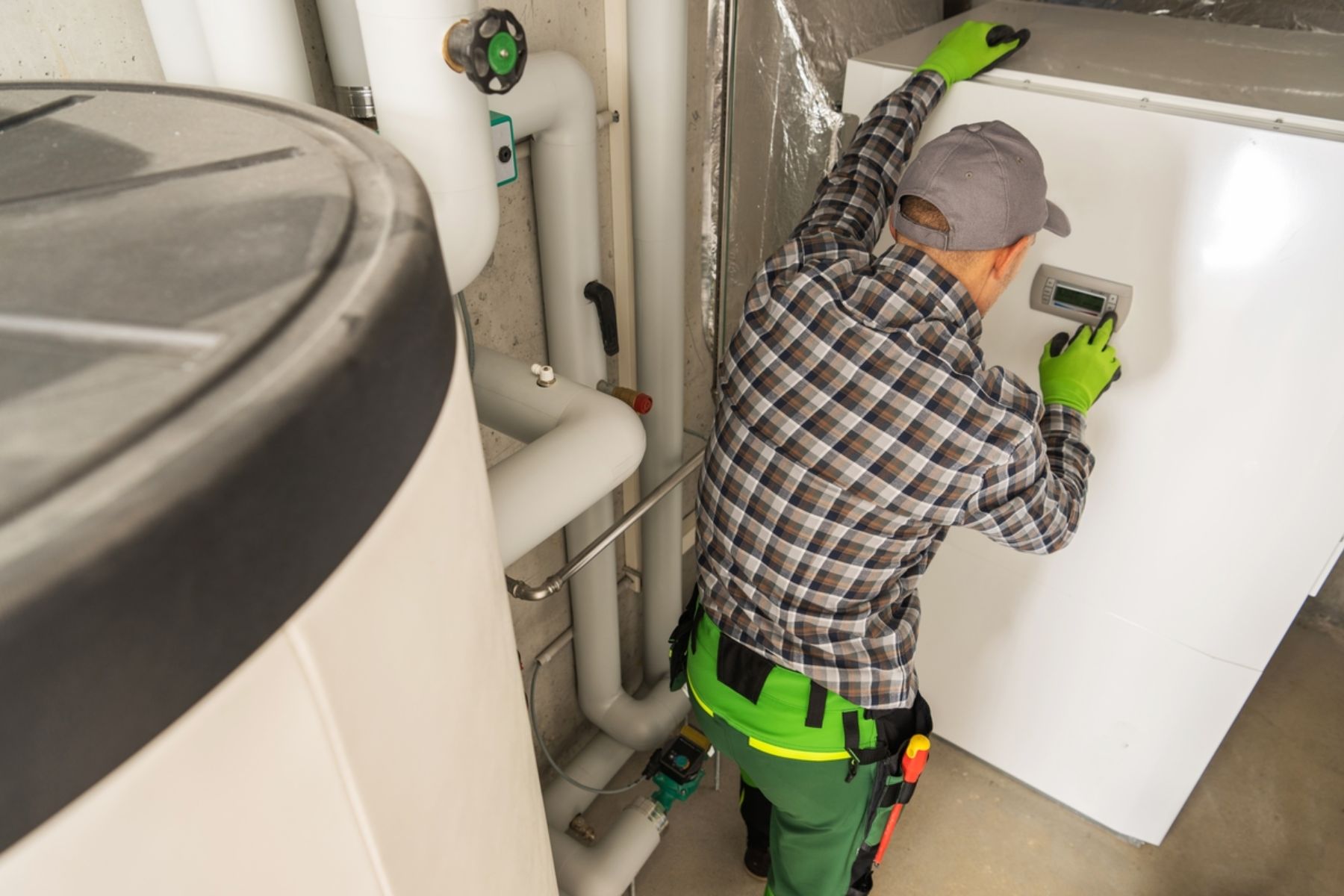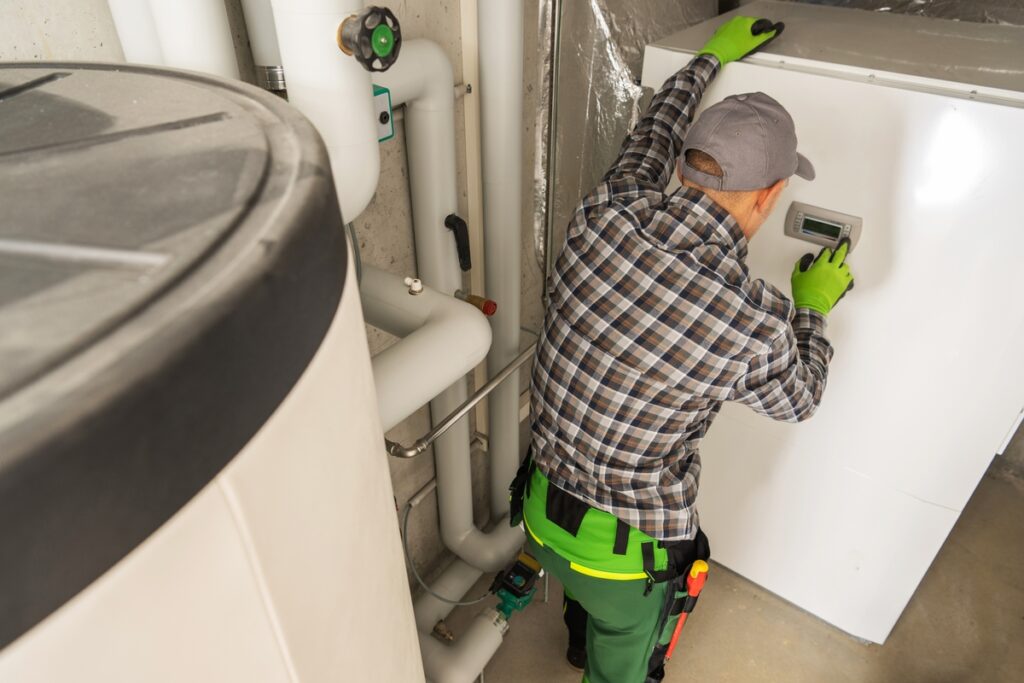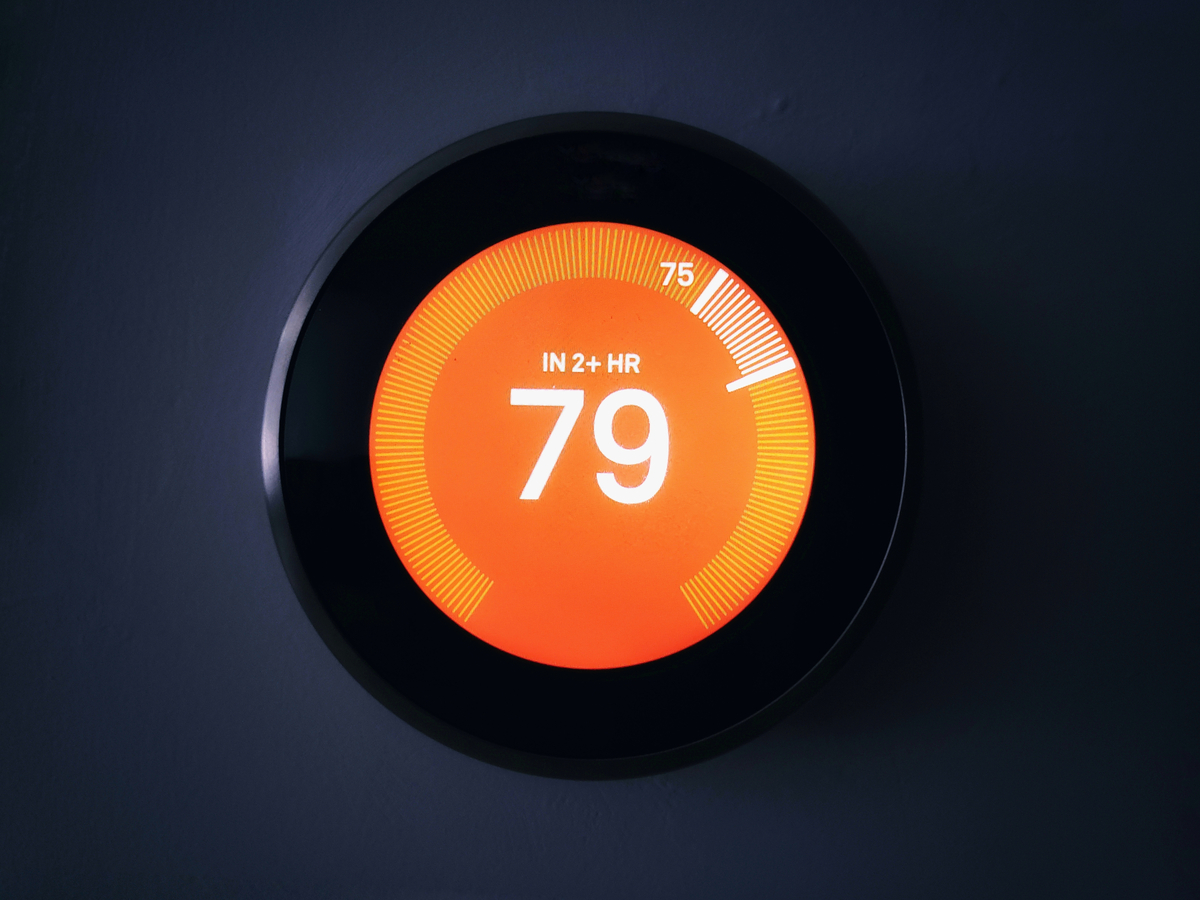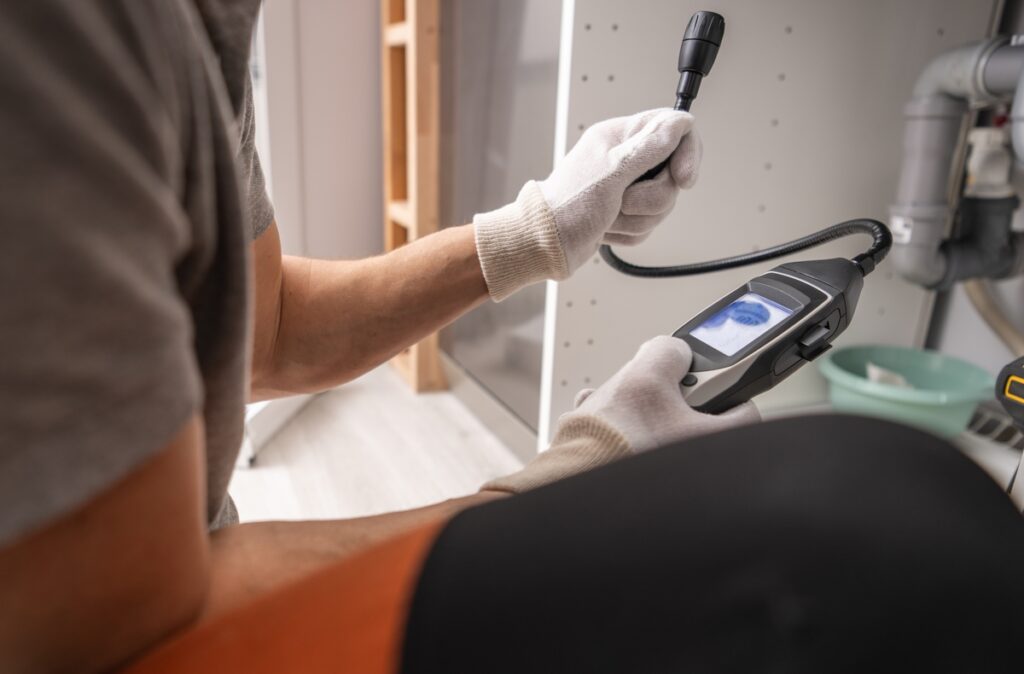

Connecticut homeowners know it’s time to prepare for the upcoming winter months. One crucial aspect of this preparation is ensuring your heating system is in top shape. Regular heating system maintenance not only keeps your home cozy during those chilly New England winters but also helps prevent unexpected breakdowns, improves energy efficiency, and extends the life of your system. In this comprehensive guide, we’ll walk you through a fall heating system maintenance checklist to help you get ready for the cold season ahead.
Before we dive into the checklist, let’s understand why heating system maintenance is so important:
Now that we understand the importance of heating system maintenance, let’s get into the checklist.
While there are many tasks you can do yourself, it’s crucial to start your fall maintenance with a professional inspection. A qualified HVAC technician can:
Scheduling this inspection early in the fall ensures you’re not left in the cold if any significant repairs are needed.

Having a trained and licensed professional inspect your heating system annually is one of the easiest things you can do to ensure you’ll be ready for cooler weather.
One of the simplest yet most important maintenance tasks is replacing or cleaning your air filters. Dirty filters restrict airflow, making your system work harder and less efficiently. They can also circulate dust and allergens throughout your home.
Ensure all vents and registers in your home are open and unobstructed. Closed or blocked vents can create pressure imbalances in your system, reducing efficiency and potentially causing damage.
The heat exchanger is a crucial component of your furnace, responsible for transferring heat from the combustion process to the air that circulates through your home. A cracked or dirty heat exchanger can be inefficient and potentially dangerous.
While cleaning the heat exchanger is best left to professionals, you can visually inspect it for signs of damage or excessive buildup. If you notice any issues, contact a professional immediately.
Your thermostat is the control center of your heating system. Ensure it’s working correctly by:
Consider upgrading to a programmable or smart thermostat if you haven’t already. These can significantly improve your system’s efficiency and your home’s comfort.

Even if the temperatures within your home never reach this high, you still want to test your thermostat accordingly to ensure its proper functionality.
Many heating systems have motors and bearings that require regular lubrication to function smoothly. Properly lubricated parts reduce energy consumption and extend the life of these components.
Consult your system’s manual to identify which parts need lubrication and what type of lubricant to use. If you’re unsure, it’s best to leave this task to a professional during their inspection.
The blower is responsible for moving heated air through your ducts and into your living spaces. A dirty or malfunctioning blower can significantly reduce your system’s efficiency.
The flue pipe vents combustion gases from your furnace to the outside. A damaged or obstructed flue pipe can lead to dangerous carbon monoxide buildup in your home.
Dirty burners can lead to inefficient combustion and potential safety hazards. While cleaning burners is typically a job for professionals, you can visually inspect them for any obvious signs of dirt or debris.
If you notice your furnace’s flame is yellow instead of blue, or if you see any soot around the burners, it’s time to call in a professional for a thorough cleaning.
If you have a gas-powered heating system, it’s crucial to check for gas leaks regularly. While your professional inspection should include this, it’s good to be aware of the signs of a gas leak:

If you suspect a gas leak, leave your home immediately and call your gas company or emergency services.
Modern heating systems come with several safety features that need regular testing:
⦁ The high-limit control shuts off the furnace if it gets too hot.
⦁ The fan limit switch turns the blower on and off at the appropriate times.
⦁ The flame sensor ensures gas isn’t flowing when there’s no flame.
While testing these controls often requires professional equipment and expertise, you can check your system’s manual for any user-level tests you can perform.
If your HVAC system includes humidity control devices, they need attention too:
⦁ For humidifiers, clean the water panel or pad and check for mineral buildup.
⦁ For dehumidifiers, clean the coils and check the drain line for clogs.
⦁ Replace filters as recommended by the manufacturer.
While not directly related to your heating system, sealing air leaks around your home can significantly improve its efficiency:
⦁ Check for drafts around windows and doors.
⦁ Inspect weatherstripping and replace if necessary.
⦁ Look for gaps around pipes, vents, or electrical outlets that penetrate walls, ceilings, or floors.
Sealing these leaks helps keep warm air in and cold air out, reducing the workload on your heating system.
Ensure the area around your heating unit is clear of any debris, storage items, or flammable materials. This not only improves safety but also allows for better airflow and easier access for maintenance.
If you don’t already have one, install a carbon monoxide detector near your heating system and in sleeping areas. This essential safety device can alert you to dangerous levels of this odorless, colorless gas.
Take a look at your energy bills from previous winters. If you notice a steady increase in energy usage that can’t be explained by rate hikes or colder weather, it could indicate your heating system is losing efficiency and may need professional attention.
At Valiant Energy Solutions, we understand that maintaining your heating system can seem overwhelming. That’s why we’re here to help Connecticut homeowners like you prepare for the cold months ahead. Our team of experienced HVAC professionals can perform thorough inspections, handle all necessary maintenance tasks, and address any issues before they become major problems. We offer flexible maintenance plans tailored to your specific needs and budget, ensuring your heating system operates at peak efficiency throughout the winter. Don’t wait until the cold sets in – contact Valiant Energy Solutions today to schedule your fall heating system maintenance. Let us help you stay warm, safe, and energy-efficient this winter season.